Book Review- Critical Chain

Critical Chain by Eliyahu M. Goldratt is a business novel that applies the Theory of Constraints (TOC) to project management, demonstrating how traditional scheduling methods lead to delays and inefficiencies, and proposing Critical Chain Project Management (CCPM) as a solution to complete projects faster with better resource utilization.
31st Mar 2023
Critical Chain – Eliyahu M. Goldratt
Definition of Estimation
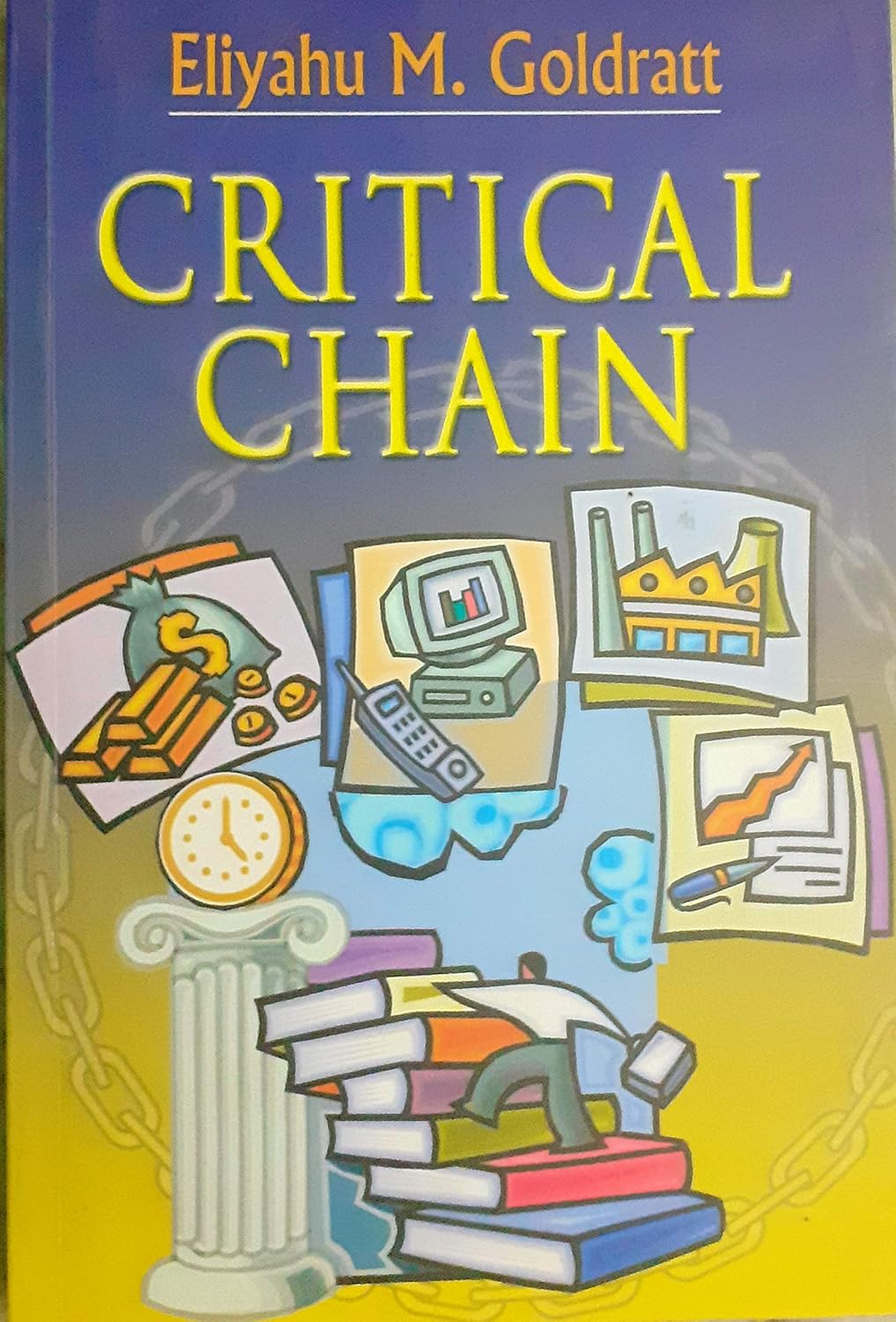
To form an approximate notion of the amount, number, magnitude, or position of anything, without actual enumeration or measurement.
Oxford English Dictionary
Importance of Estimation
- Time, cost, and benefit estimates are crucial during project initiation, planning, and execution.
- Estimation accuracy improves as more knowledge is gained.
- Larger tasks have higher uncertainty, so breaking them down improves reliability.
- Assumptions should always be specified.
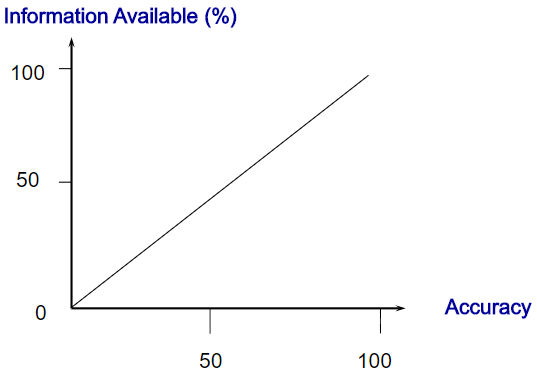
Contingency and Risk Management
- Contingency buffers absorb unforeseen issues.
- Can be applied to project stages or tasks.
- The level of contingency should be based on uncertainty, risk, and execution time.
Estimation Methodology
- Top-down (Analogous) Method: Uses past project data to estimate new projects by applying a comparison factor.
- Drawbacks of Traditional Estimation:
- Bad Multi-tasking reduces efficiency.
- Parkinson’s Law – Work expands to fill available time.
- Student Syndrome – Procrastination delays progress.
"Student Syndrome is our tendency to delay work until the last possible moment, leading to unnecessary project risks." – Eliyahu Goldratt
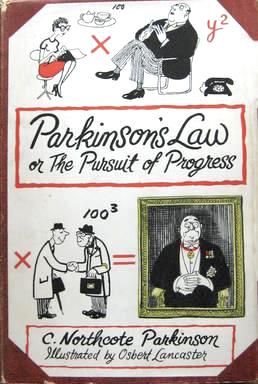
Critical Chain Project Management (CCPM)
- Introduced by Dr. Eli Goldratt, CCPM focuses on resource constraints and buffer management rather than rigid scheduling.
- Critical Path vs. Critical Chain:
- Critical Path: The longest sequence of dependent tasks.
- Critical Chain: Accounts for resource limitations and buffers.
- Key Planning Techniques:
- Backward Scheduling from the target end date.
- As-Late-As-Possible (ALAP) scheduling minimizes early starts.
- 50% Rule for Task Estimation – Removes individual deadlines and focuses on overall project completion.
"The critical chain is where we shift from managing tasks to managing constraints and buffers to ensure smooth execution." – Eliyahu Goldratt
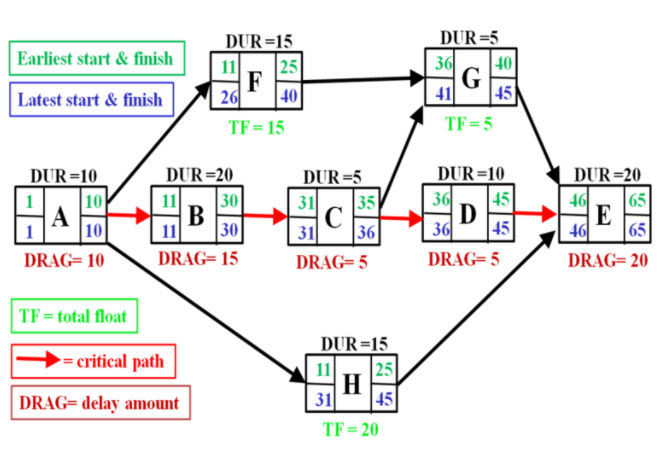
Buffer Management and Execution
- Buffers replace traditional task safety margins:
- Project Buffer protects completion dates.
- Feeding Buffers protect non-critical tasks.
- Resource Buffers ensure key resources are available.
- Execution follows a Relay Race Approach, where tasks start as soon as possible without waiting for scheduled dates.
"Instead of protecting every task, protect the project as a whole with strategic buffers." – Eliyahu Goldratt


Multi-Project Management
- Synchronization is based on resource availability.
- Drum Resource: The bottleneck that dictates project pacing.
- Staggering projects avoids conflicts and optimizes workflow.
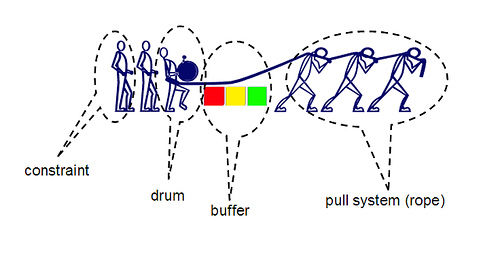
Theory of Constraints (TOC) & CCPM
- TOC identifies system constraints and optimizes them for efficiency.
- CCPM vs. Traditional Methods:
- Reduces task durations to 50% estimates.
- Uses resource constraints and logic.
- Incorporates buffers instead of rigid scheduling.
- Focuses on global project optimization rather than isolated tasks.

"The strength of any chain is determined by its weakest link. Identify it, reinforce it, and the whole system improves." – Eliyahu Goldratt

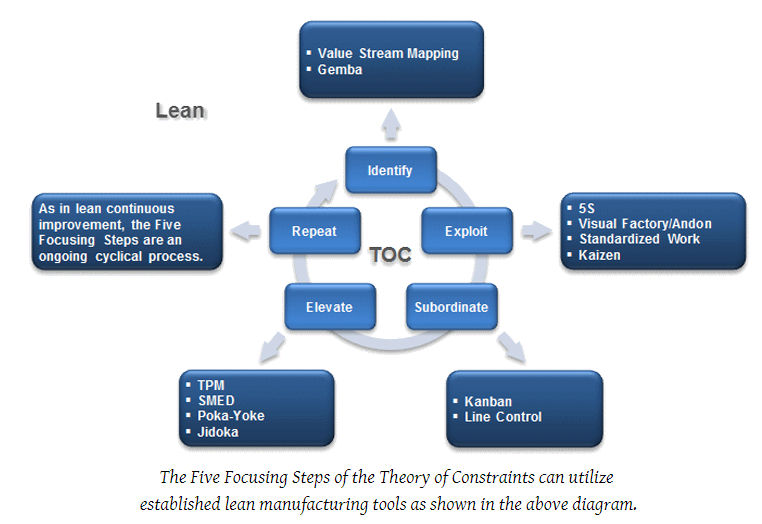
Conclusion
Critical Chain revolutionizes project management by eliminating inefficiencies, reducing multitasking, and leveraging strategic buffers for faster, more reliable project completion. Goldratt’s Theory of Constraints (TOC) shifts the focus from rigid scheduling to adaptability and continuous improvement, making CCPM a powerful alternative to traditional methods. The book is a must-read for leaders and professionals seeking to enhance project execution and optimize resource utilization.
"If you focus on the constraint, you improve the entire process. If you focus on everything, you improve nothing." – Eliyahu Goldratt